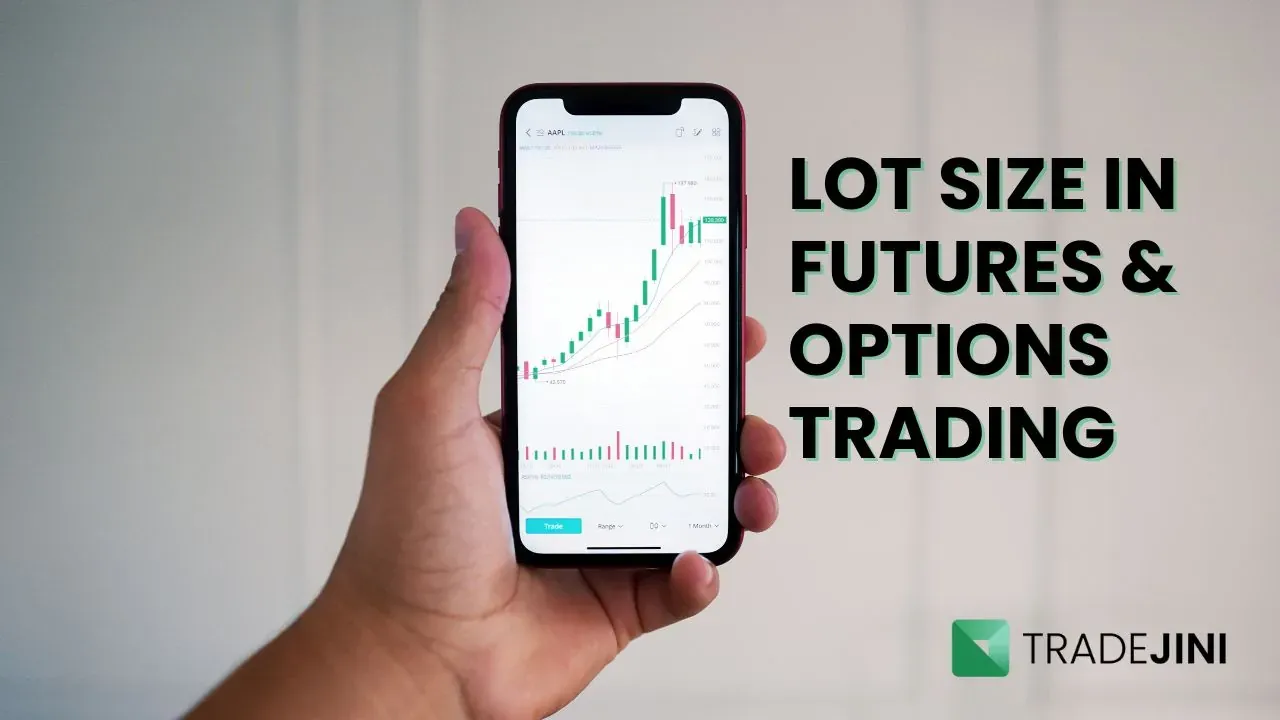Long and Short Positions in Trading
When people trade, there are two common strategies they often use - long positions and short positions. What are these terms? How do they define risk and advantages in trading?
Long positions and short positions are basic terms that describe how traders try to make money from changes in an asset's price. A long position is when a trader buys an asset, hoping the price would go up so they can sell it at a higher price. A short position, on the other hand, is when a trader expects the price to fall, so they sell the asset first, planning to buy it back later at a lower price.
Let’s find out how these positions can be beneficial or risky to traders with the following blog. Here, we would learn what these positions mean, their risks, and their advantages.
What is a Long Position?
When you buy an asset or a stock with the expectation that its price will rise in some time, then it is called a long position. It is beneficial to traders as when the price goes up, they can sell it at a higher price and register a profit.
Example of a Long Position
Suppose you buy 10 shares of Tata Steel Ltd at ₹160 each, believing that the price would go up. After some time, if the price rises to ₹200 per share, you can sell the shares and make a profit of ₹40 per share. Overall, you would earn a profit of ₹400 (₹40 × 10 shares). This is called taking a long position.
Risks of a Long Position
When you take a long position, the biggest risk is that the price may not rise as you expect. If the price of the asset falls instead, you could lose money.
Advantages of a Long Position
While there are risks, there are several advantages too.
- Buying low and selling high is quite a simple strategy in trading.
- The more the price rises, the more profit you can make.
- When you take a long position, you actually own the asset. And this may also provide additional benefits like dividends.
Also Learn: What Is Muhurat Trading🪔? Know Date & Time for 2024
What is a Short Position?
You take a short position when you expect the price of an asset to go down. In this case, you borrow the asset, sell it at the current price, and then buy it back later when the price falls. This way you can make huge profits.
Example of a Short Position
Suppose you are expecting Nykaa’s stock price to drop. So, you sell 10 shares at ₹200 each. Now, when the price drops to ₹150, you can buy back the 10 shares for ₹1,500. This way you earn ₹500 as your profit. This is called taking a short position.
Risks of a Short Position
The risk with short positions is that the price may go up instead of going down. And moreover, as prices can theoretically go up without limit, your losses could be huge.
Advantages of a Short Position
- A short position would allow you to earn money even when prices are dropping.
- Short positions can be used to reduce risk in a portfolio.
- You can use short positions to protect yourself if your other investments are losing value due to the fall in prices.
Options: Long and Short
Apart from directly buying or selling an asset, you can also use options to take long and short positions. Options are basically contracts that allow you to buy or sell an asset at a set price in the future. It is a great way to engage in long vs short trading without actually buying or selling the asset.
- Call Option (Long Position): A call option allows you to buy an asset at a specific price. Traders buy call options when they believe the asset’s price will rise.
- Put Option (Short Position): A put option allows you to sell an asset at a specific price. Traders buy put options when they think the asset’s price will fall.
Combining Long and Short Positions
Several traders sometimes combine long and short positions to reduce risk and increase their profits. For example - a trader may take a long position in one stock they think will rise and a short position in another stock they expect to fall. This is called pairs trading.
If you combine both long and short positions, then you can adjust your strategies depending on market conditions and manage risk better. Wouldn’t you want that?
Long Position vs Short Position: Key Differences
Here’s a quick comparison of long position vs short position:
| Aspect | Long Position | Short Position |
|---|---|---|
| Market View | Expecting the price to rise | Expecting the price to fall |
| Action | Buy the asset now, sell later | Sell the asset now, buy later |
| Profits | Unlimited, as the prices can keep rising | Limited, as the prices can only fall to zero |
| Risk | Limited, to the amount invested | Unlimited, as the prices can rise to any limit |
| Ownership | You own the asset | You borrow the asset to sell |
Short vs Long Trading: Which Strategy to Choose?
First, you must check your financial and investment goals and then view the market as per your expectations before selecting between short and long trading.
Long trading is usually safer and easier for beginners as the most you can lose is what you invested.
Short trading is riskier, but it can be more profitable in a falling market. However, as prices can go up to any limit, you can lose a lot in a short position.
Note: Make sure to understand the market conditions and your risk tolerance before choosing between long and short trading.
Conclusion
So, in trading, you must know when to go long or short. Long positions help you make profits when prices rise, while short positions can earn you money when prices fall. Want an easy way to trade both? Download the Tradejini CubePlus App!
With the Tradejini, you can trade anytime, anywhere, with helpful tools and low fees.
Also Read: Understanding the India VIX Index: Meaning, Calculation, and Applications
_11zon.webp?alt=media&token=bd974821-aee4-43a5-b467-01d1a67a570b)
_20_11zon.webp?alt=media&token=6659b2e6-927e-42de-8375-e227e579f556)
_11zon.webp?alt=media&token=a8f3f55c-dc70-4d42-844e-6874ceff69ce)
_11zon.webp?alt=media&token=a05d2324-cace-44ed-a35f-50f9e63be9c3)
_11zon.webp?alt=media&token=14cd8f87-8add-49ce-84f1-ca07a0c52b0c)



